In modern bathroom design, although a toilet paper holder is a small accessory, it directly affects the user experience and overall spatial aesthetics. A well-designed and properly installed toilet paper holder not only makes daily use more convenient but also adds a sense of order and style to the bathroom. With the increasing demand of American consumers for bathroom space details, the design, size, installation location, and material selection of toilet paper holders have become increasingly diverse.
1. Why is a toilet paper holder important?
The toilet paper holder may seem simple, but it serves three key functions:
Convenience - making paper rolls within reach and smooth to use;
Hygiene - Avoid toilet paper from coming into contact with the ground or damp surfaces.
Space coordination — harmonious and unified with the overall style of the bathroom.
According to a survey by the American Bath and Kitchen Association (NKBA), up to 82% of American households replace toilet paper holders when renovating their bathrooms, with over 40% of consumers expressing a desire for toilet paper holders to be "more aesthetically pleasing and easy to clean" (source: NKBA.org).
2. The main types of toilet paper holders
1. Wall-Mounted Holder
The most common style is fixed to the wall with screws. The standard installation height is approximately 26 inches to 30 inches, and it is about 8-12 inches away from the front of the toilet.
Advantages: Stable, practical, suitable for most bathrooms.
Disadvantage: Requires drilling, not ideal for some glass or marble walls.
2. Freestanding Holder
Removable, no installation required, commonly found in modern or small bathrooms. The height is generally 22-28 inches.
Advantages: Flexible and movable, no need for drilling.
Disadvantages: Easy to knock over and to occupy ground space.
3. Recessed Holder (Embedded)
Embedded in the wall, overall smooth and space-saving. The installation depth is usually 3-4 inches.
Advantages: Minimalist appearance, space saving.
Disadvantage: Complex installation, only suitable for construction walls.
4. Double Roll & Reserve Holder
Suitable for large families or commercial spaces, it can hold two paper rolls simultaneously.
Advantages: Reduce replacement frequency.
Disadvantage: It takes up a lot of space.
3. Material selection: Balancing durability and style
The material of the toilet paper holder determines its service life and style performance. The mainstream materials in the US market include:
Stainless Steel: rust-resistant and durable, commonly found in modern-style bathrooms.
Aluminum Alloy: Lightweight, corrosion-resistant, and cost-effective.
Brass: a high-end material suitable for vintage or luxurious bathrooms.
Plastic (ABS/Resin): an economical choice, suitable for rental housing or temporary use.
According to sales data from Home Depot, the preference rate of American consumers for metal toilet paper holders exceeds 68% (source: HomeDepot.com).
4. Design Trend: Integrating Functionality and Aesthetics
In recent years, the design of toilet paper holders has shifted from a focus on practicality to a combination of functionality and aesthetics.
The following three trends are particularly popular among American consumers:
Shelf Design with Storage Platform
The top comes with a platform that can hold mobile phones or fragrance bottles, typically measuring 6-8 inches in width.
Concealed Mount
The installation screws are not visible, enhancing the overall visual simplicity.
Multi-functional integrated holder
Integrate the toilet paper holder with towel hooks and storage compartments to serve as a storage solution for small bathrooms.
According to Houzz's annual bathroom trend report, over 55% of users prefer toilet paper holders with "additional features" such as a phone tray or storage area (source: Houzz.com).
5. Installation points and size reference
The correct installation position is crucial for user comfort. The following are the installation standards recommended by NKBA in the United States (source: NKBA.org):
|
Recommended project |
Height (inches) |
Distance from front of toilet (inches) |
|
Wall-mounted toilet paper holder |
26-30 |
8-12 |
|
Embedded toilet paper holder |
24-28 |
8-10 |
|
Independent toilet paper holder |
22-28 |
Can be freely placed |
In addition, it is recommended that the toilet paper holder be at least 2 inches away from the wall corner or cabinet to allow the toilet paper roll to rotate freely.
During installation, ensure that the fixing screws are stable. If it is a ceramic tile wall, special expansion bolts can be used to prevent loosening.
6. Intelligence and Sustainable Trends
With the popularity of smart homes, the US market has seen an increasing number of toilet paper holders equipped with induction lighting and automatic paper-rolling devices.
For example, the intelligent series products launched by Kohler and SimpleHuman can automatically detect when paper rolls are used and remind users to replace them via an app (source: Kohler.com).
In addition, the application of environmentally friendly materials is also a significant trend. According to Statista data, 36% of American household consumers prioritize recyclable materials when purchasing bathroom accessories (source: Statista.com). This prompts brands to use recycled aluminum, environmentally friendly coatings, or biodegradable packaging to reduce their carbon footprint during production.

7. Price range and purchasing suggestions
According to HomeAdvisor's 2024 Consumer Survey, the average retail price of toilet paper holders in the United States is as follows (source: HomeAdvisor.com):
Basic plastic: approximately $10- $15
Stainless steel or aluminum alloy version: approximately $25- $45
High-end design or with intelligent features: up to $80- $150
Purchase suggestion:
If the bathroom space is limited, priority should be given to models with embedded or storage functions.
If pursuing a minimalist style, choose a hidden installation model;
For commercial or large households, a double-roll structure can be considered to enhance convenience.
8. Conclusion
Although small, the toilet paper holder is one of the most frequently used and easily overlooked details in the bathroom. A properly selected and carefully installed toilet paper holder can significantly enhance the daily user experience and overall spatial texture.
Whether you prefer classic metallic texture or pursue intelligent technology design, as long as you master the correct size, material, and installation principles, you can easily create a comfortable, tidy, and tasteful bathroom space.

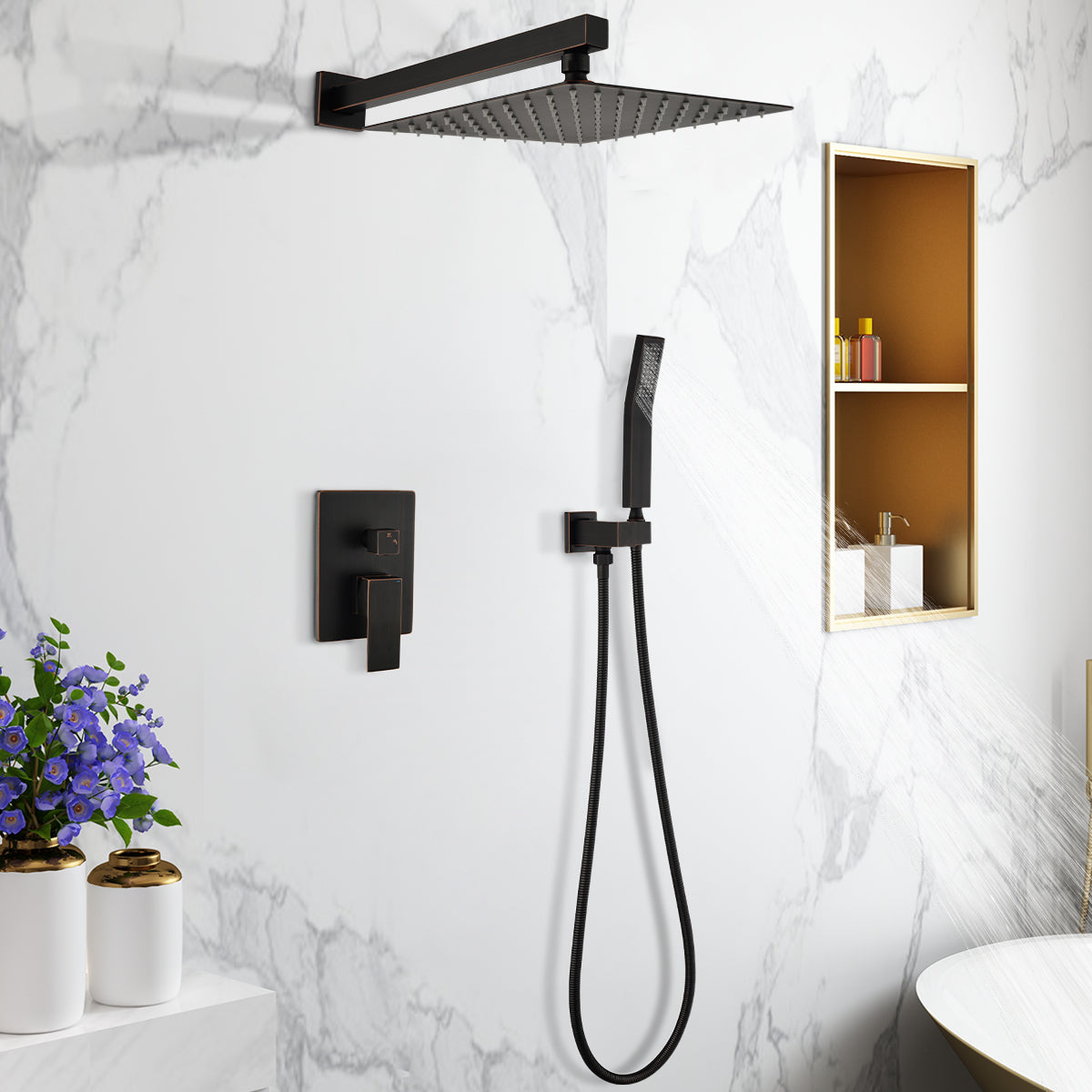






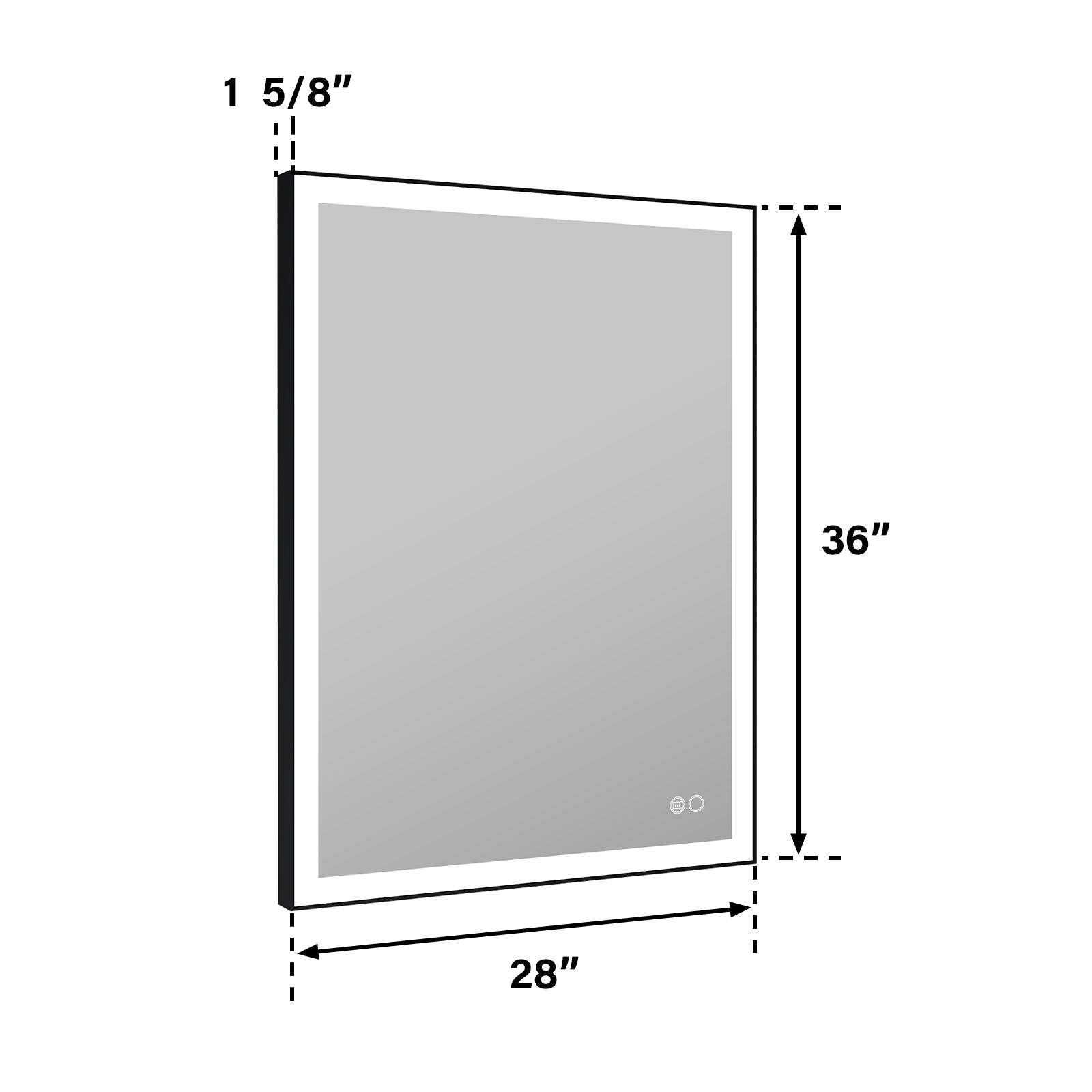



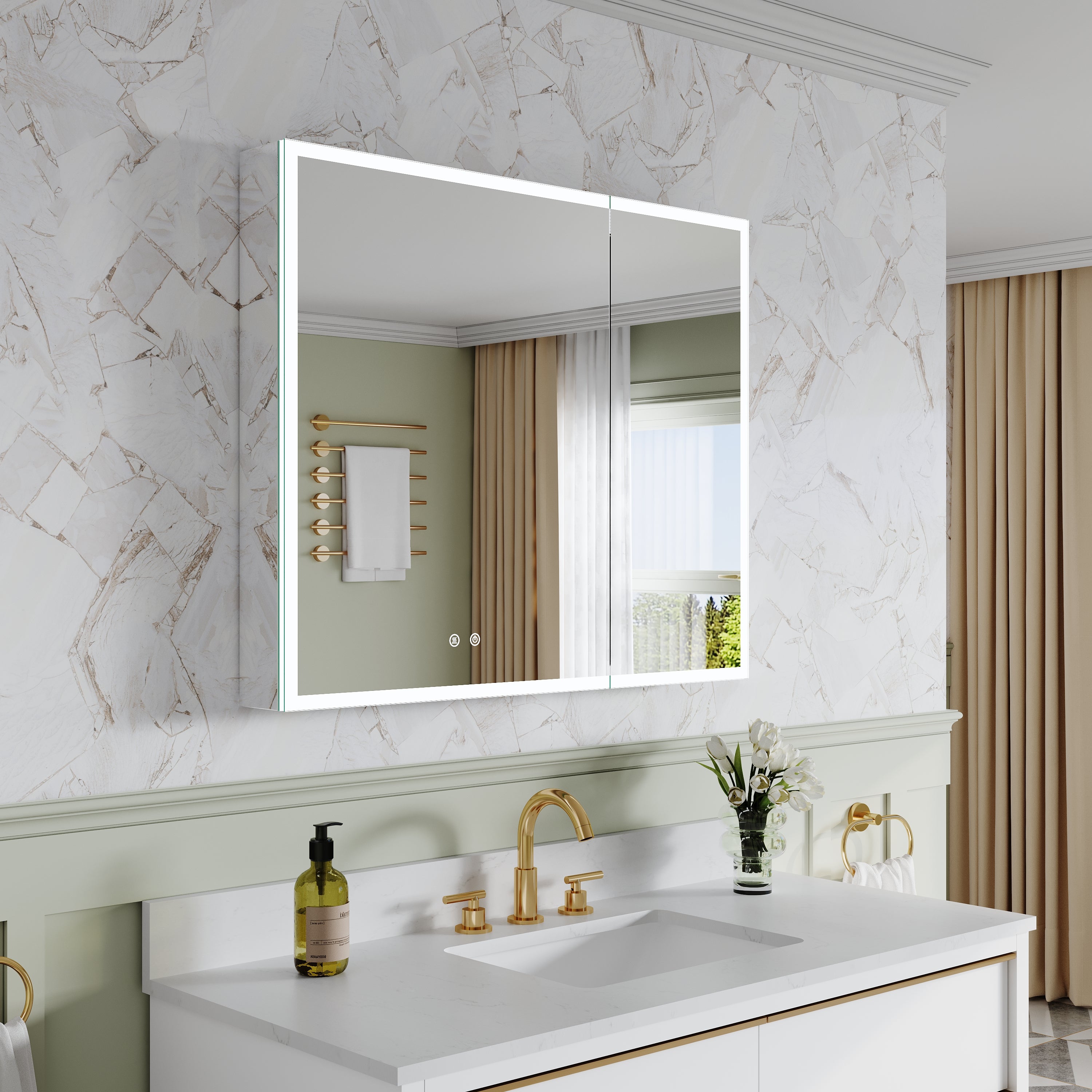
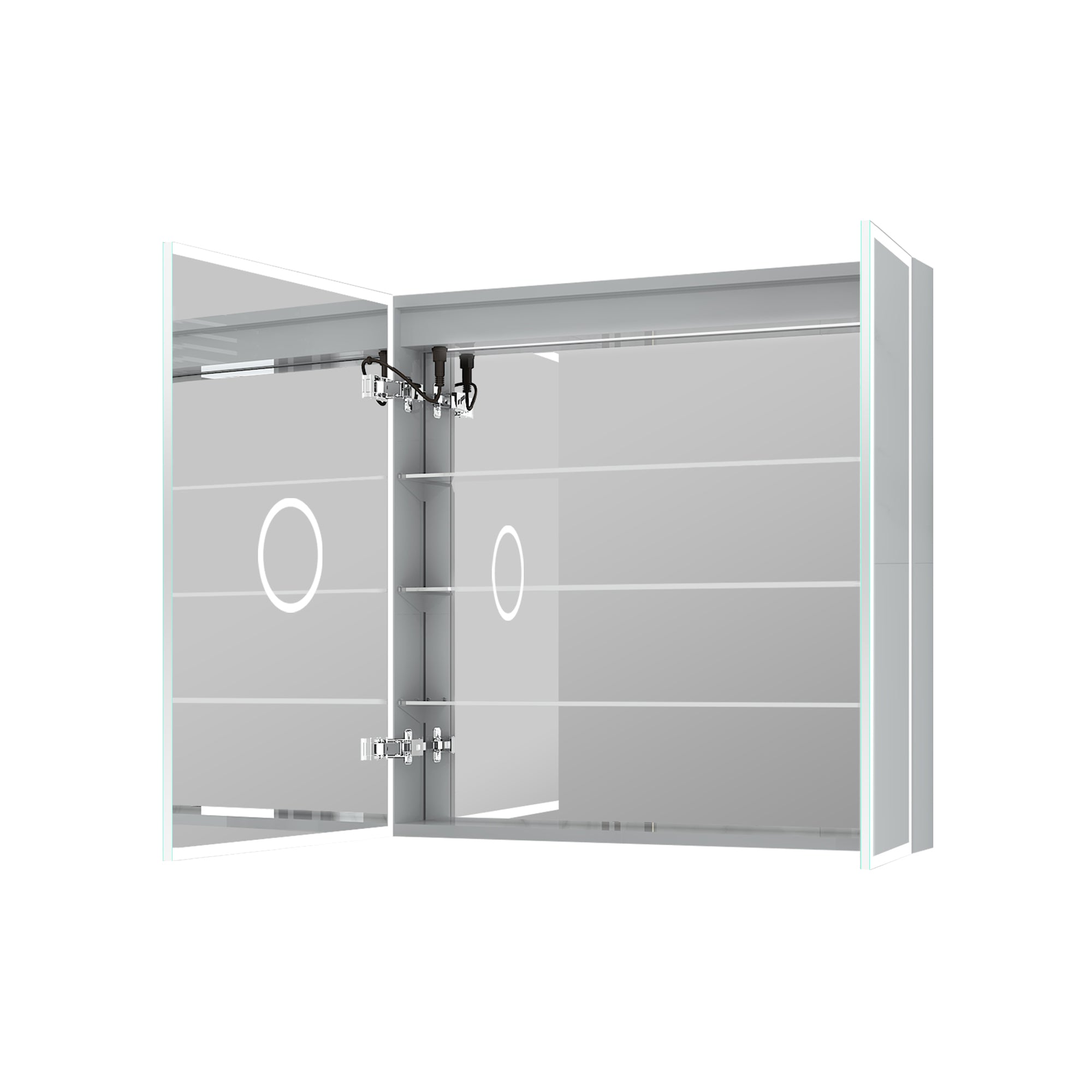
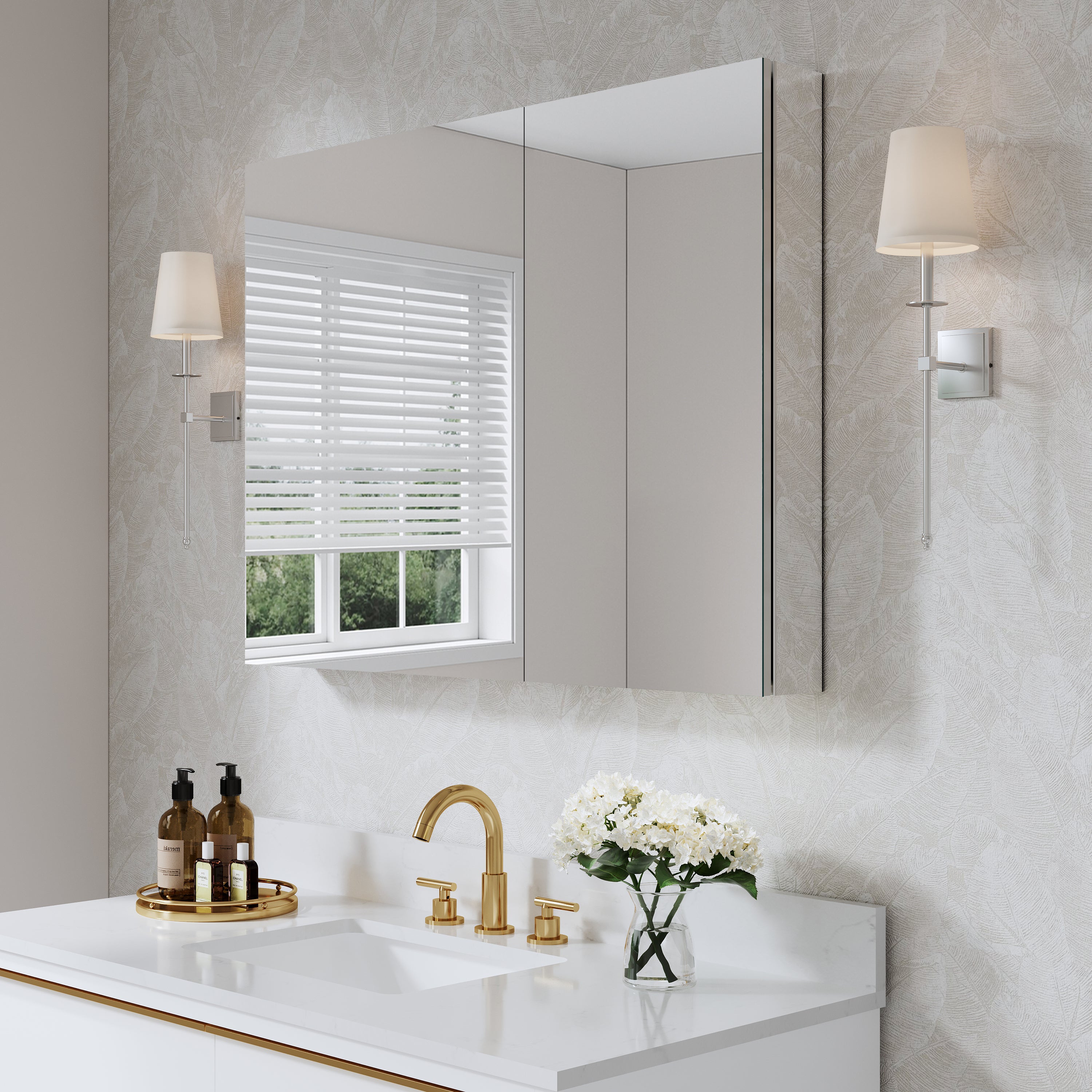

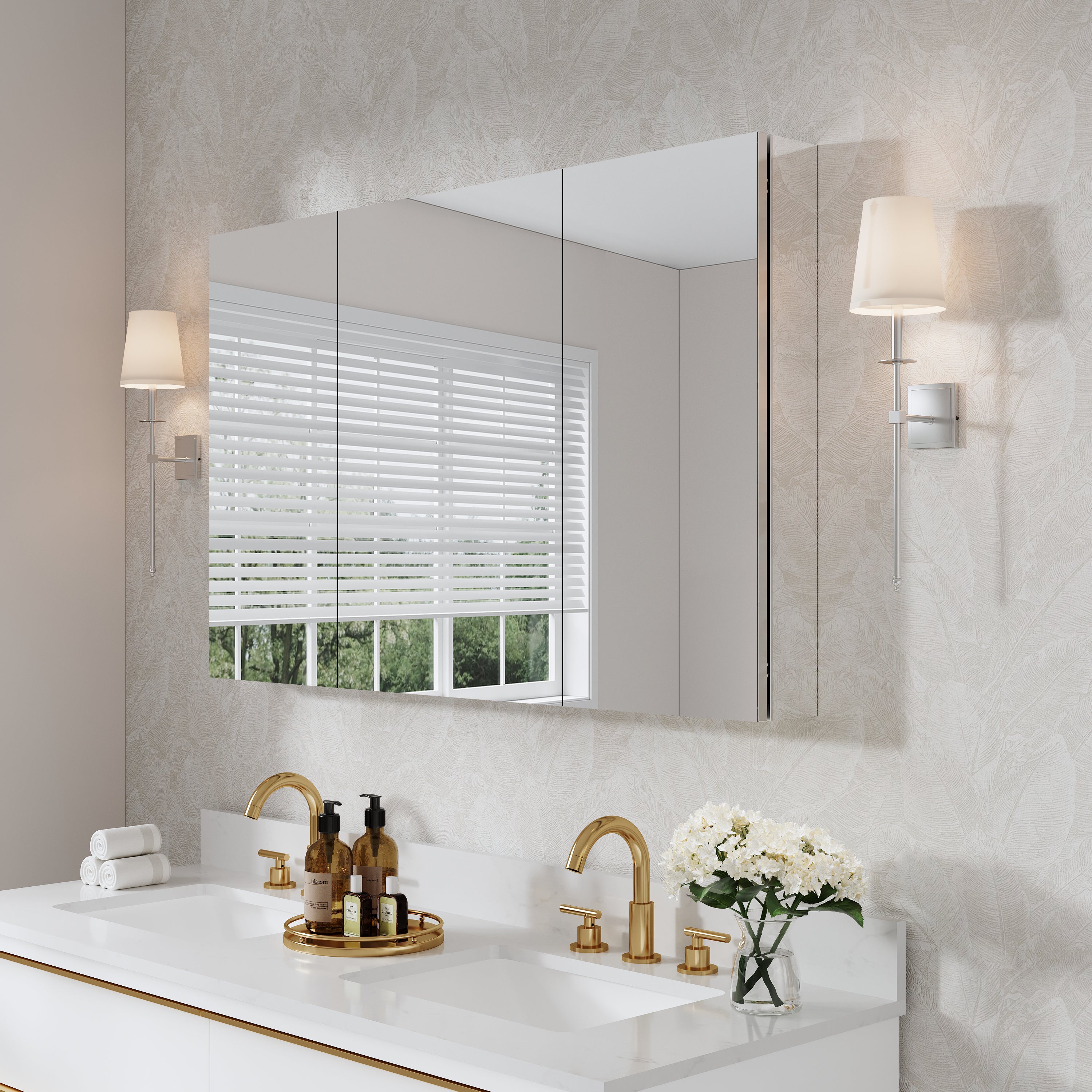
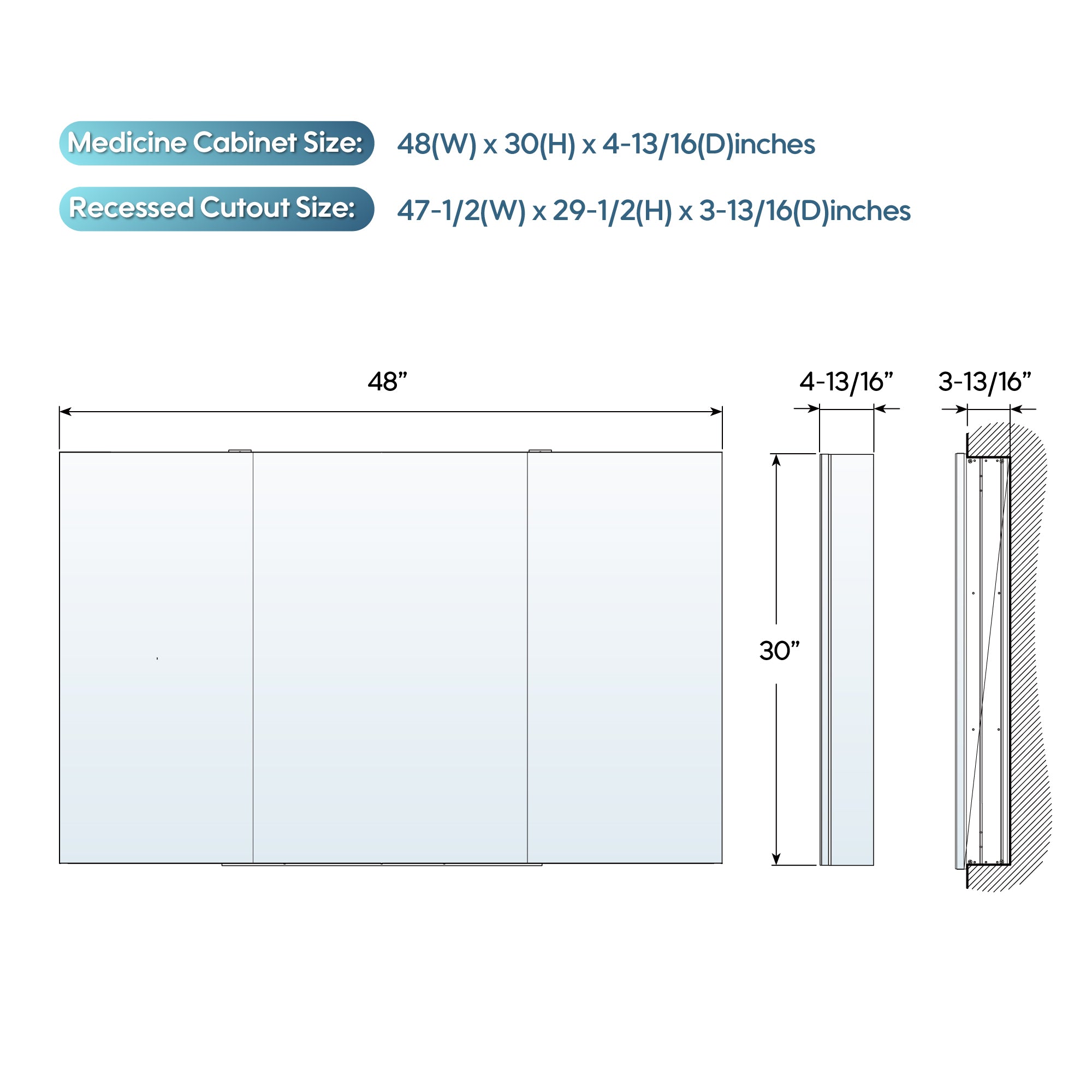

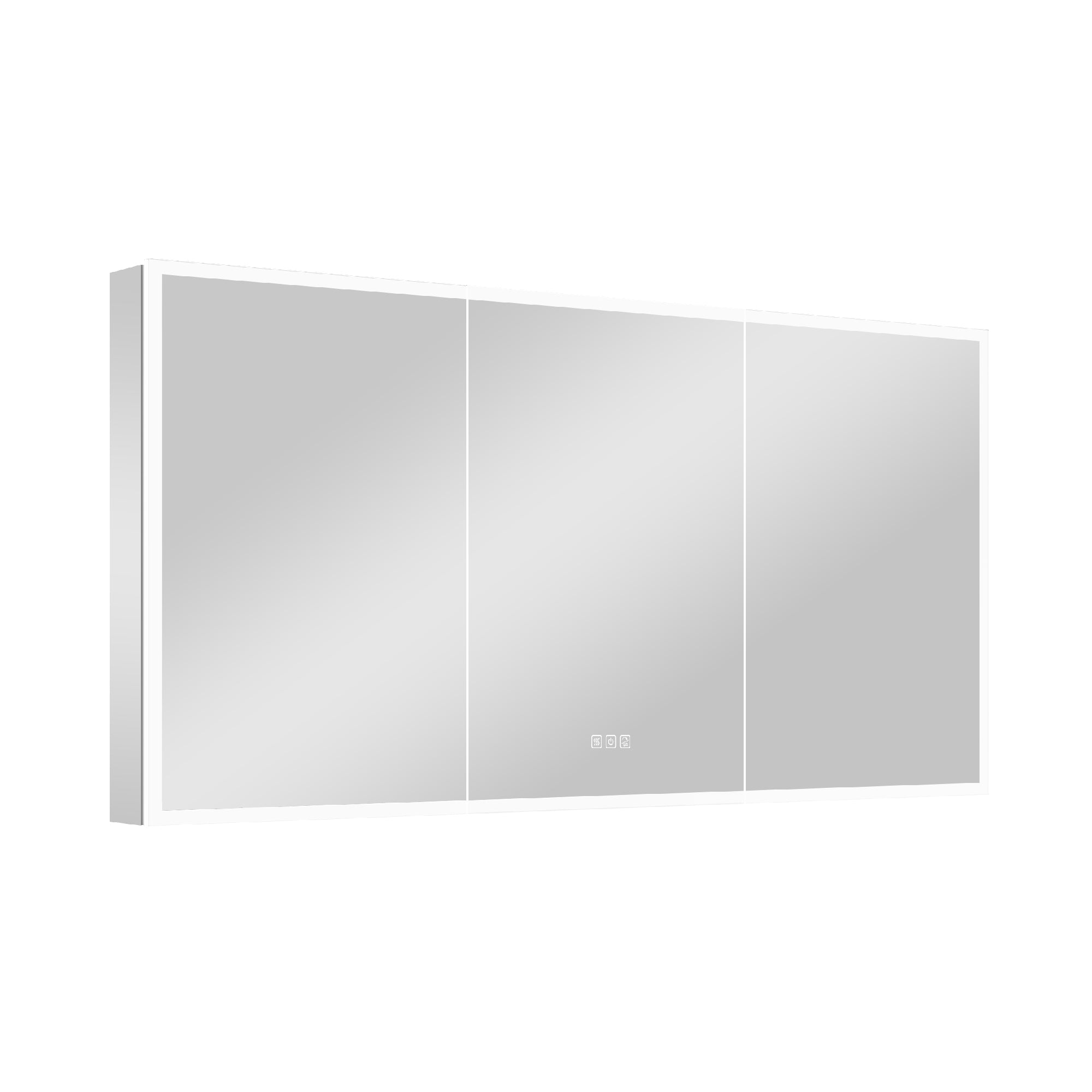
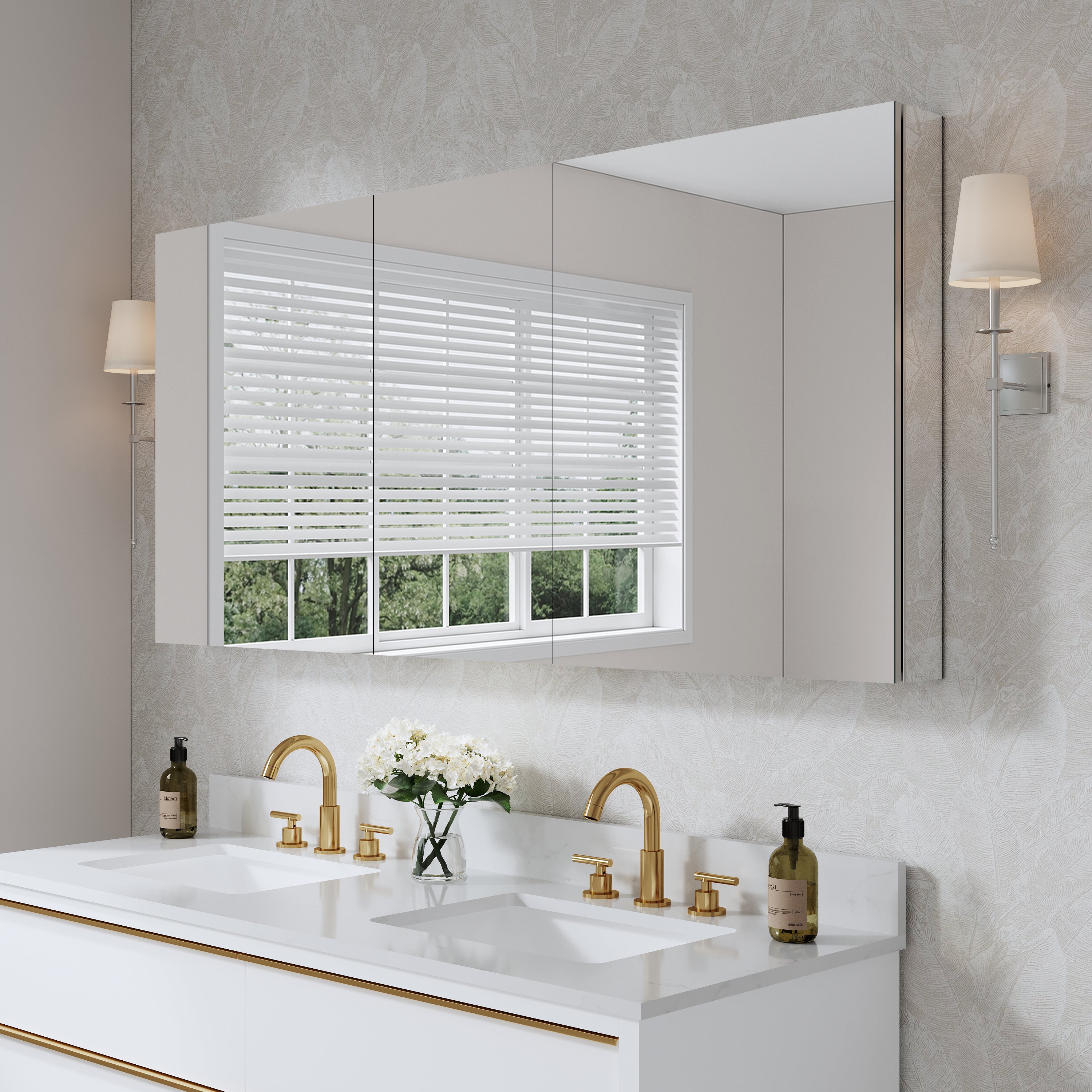




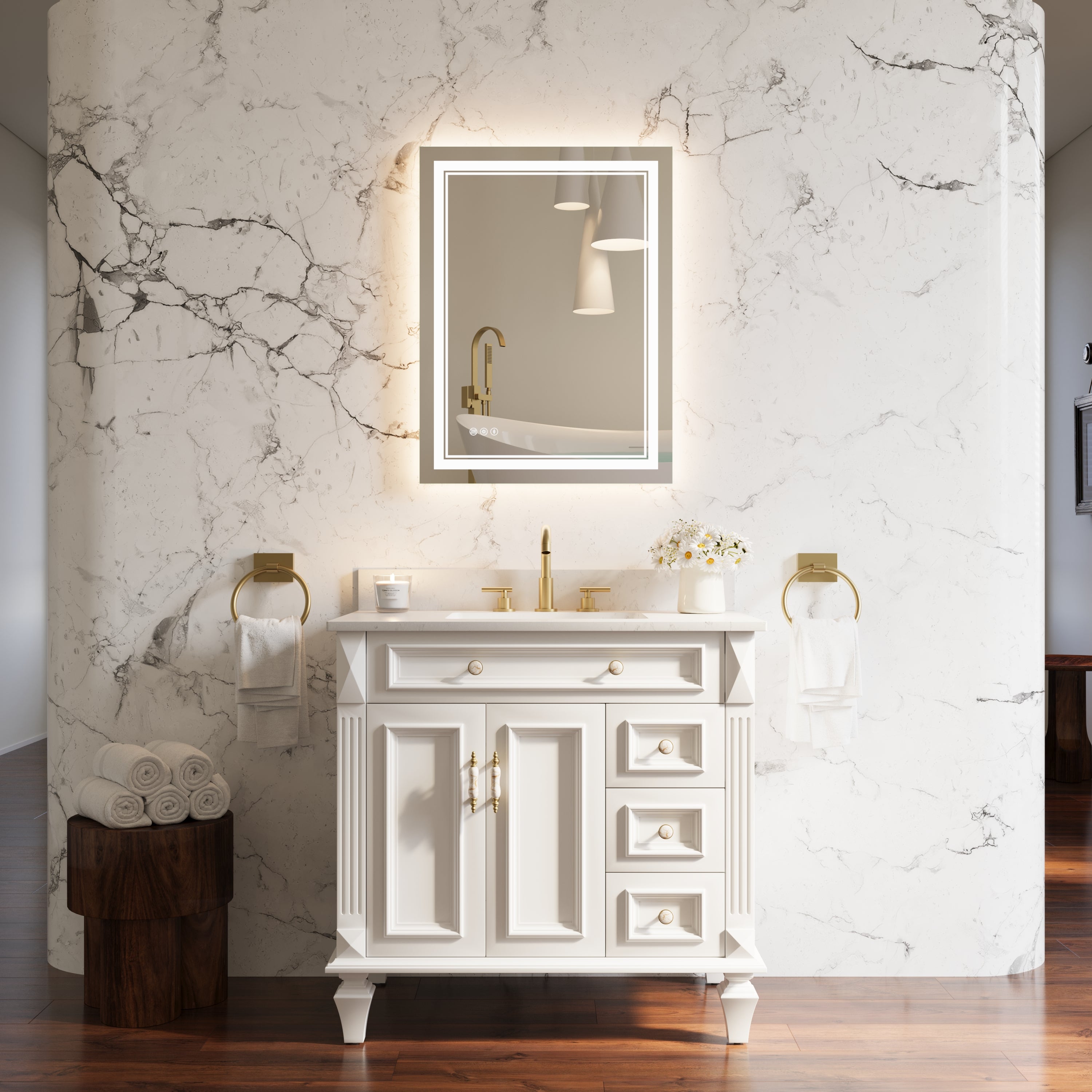
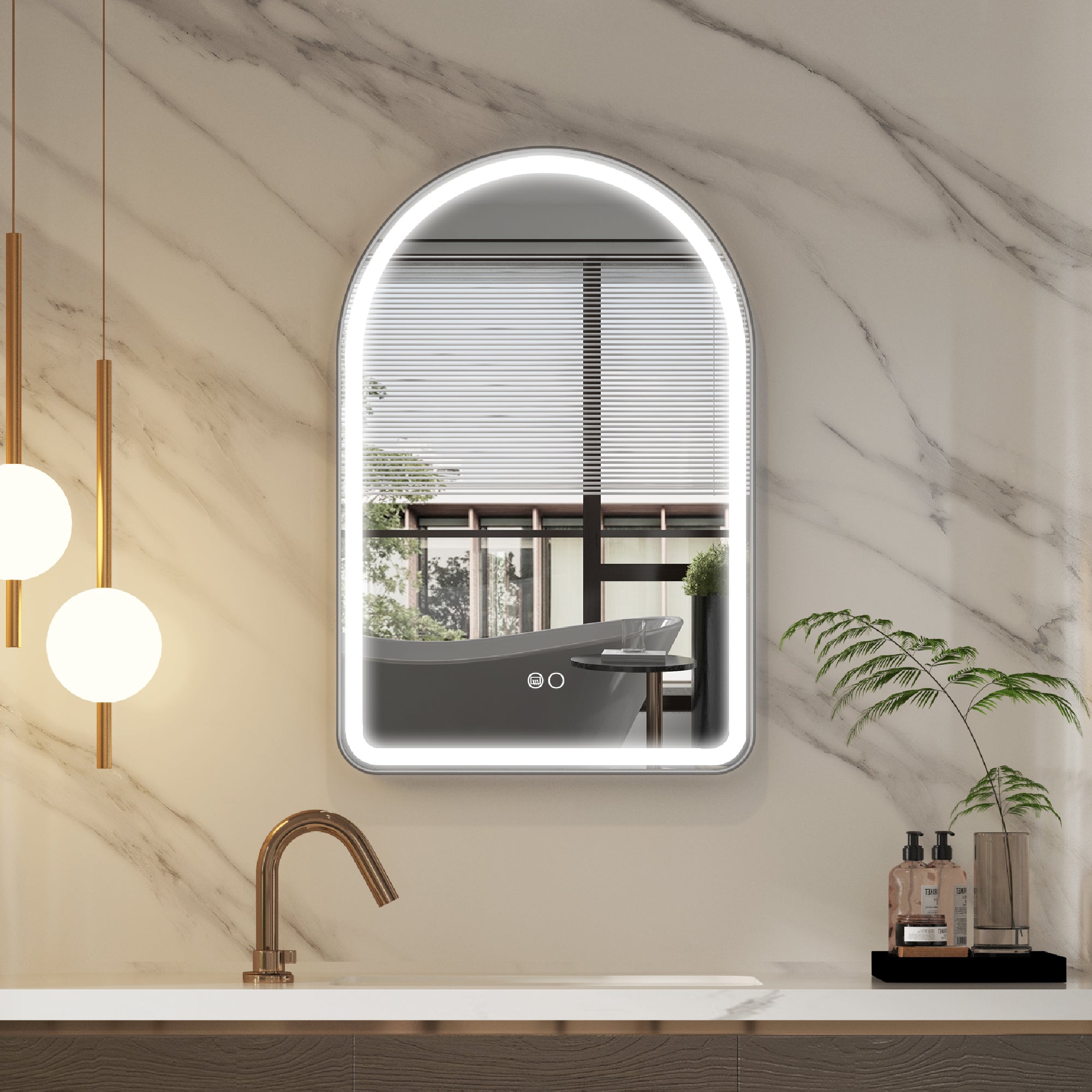
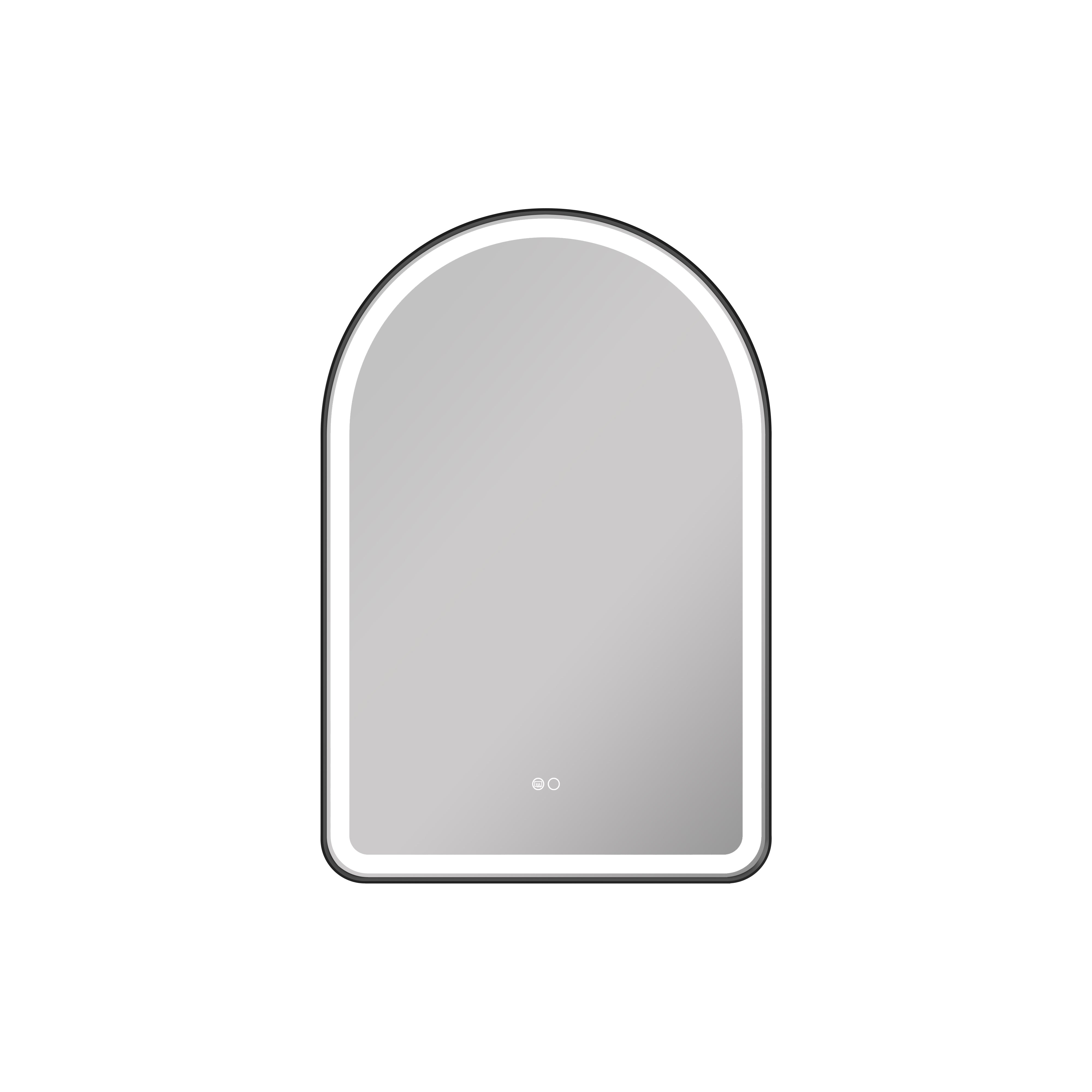

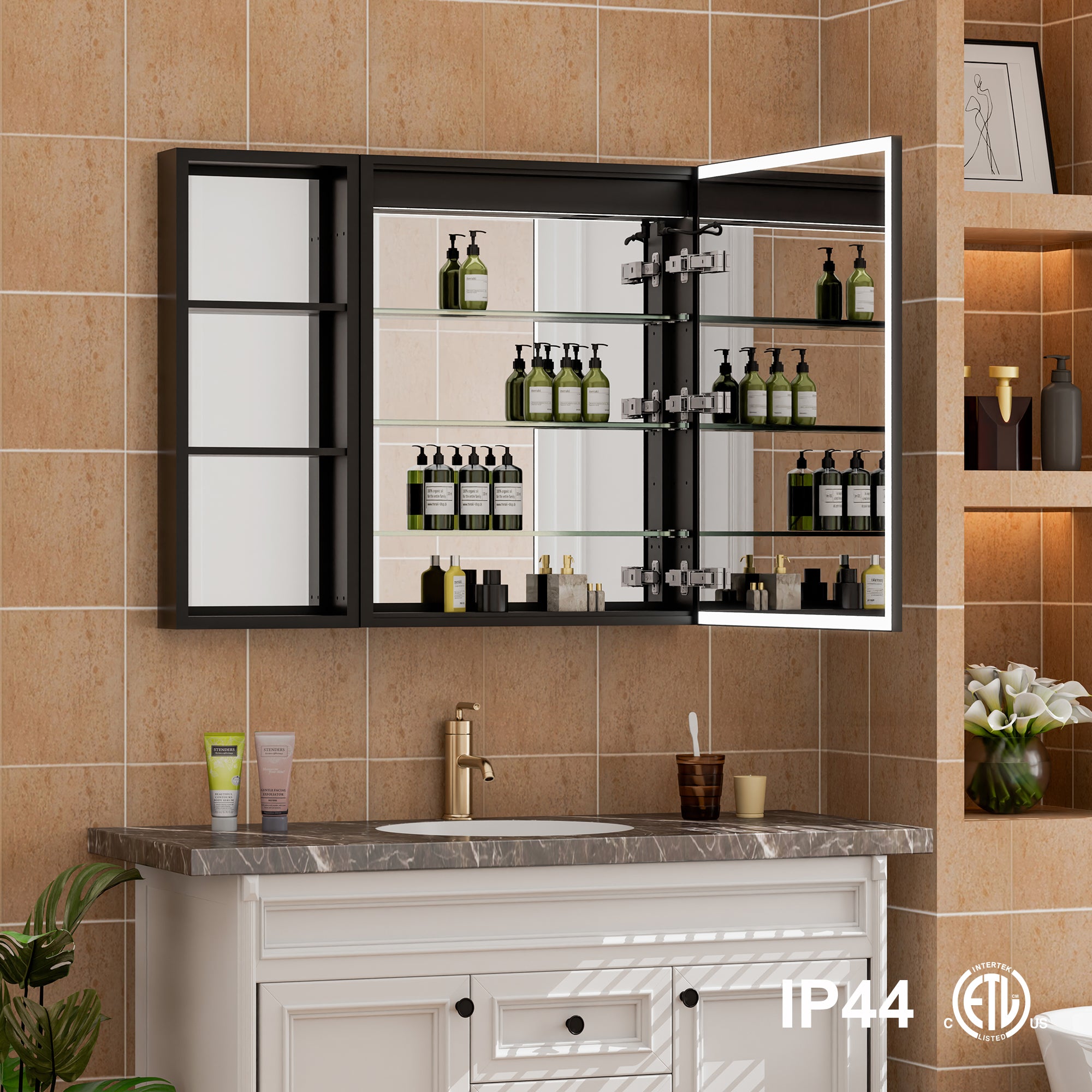
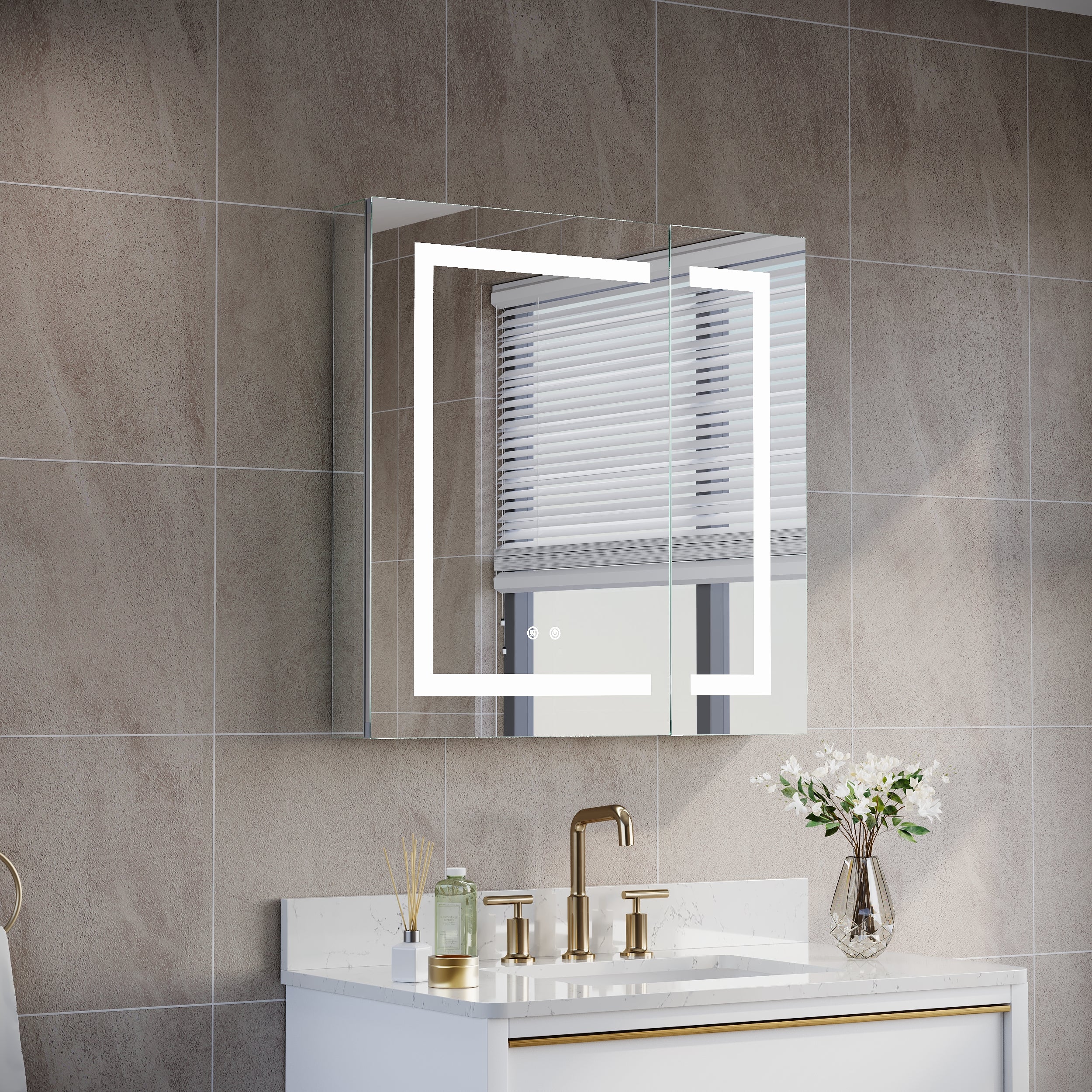
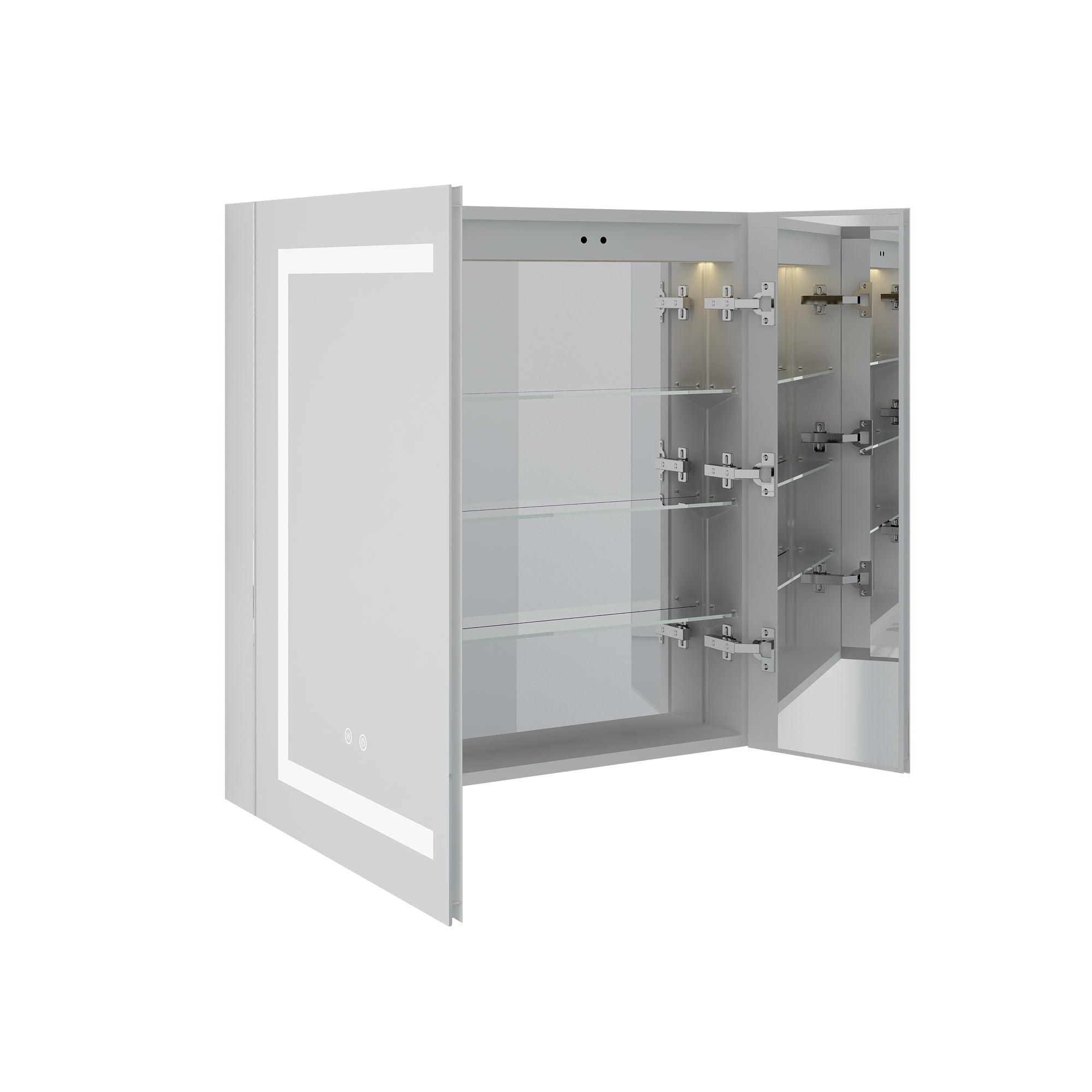
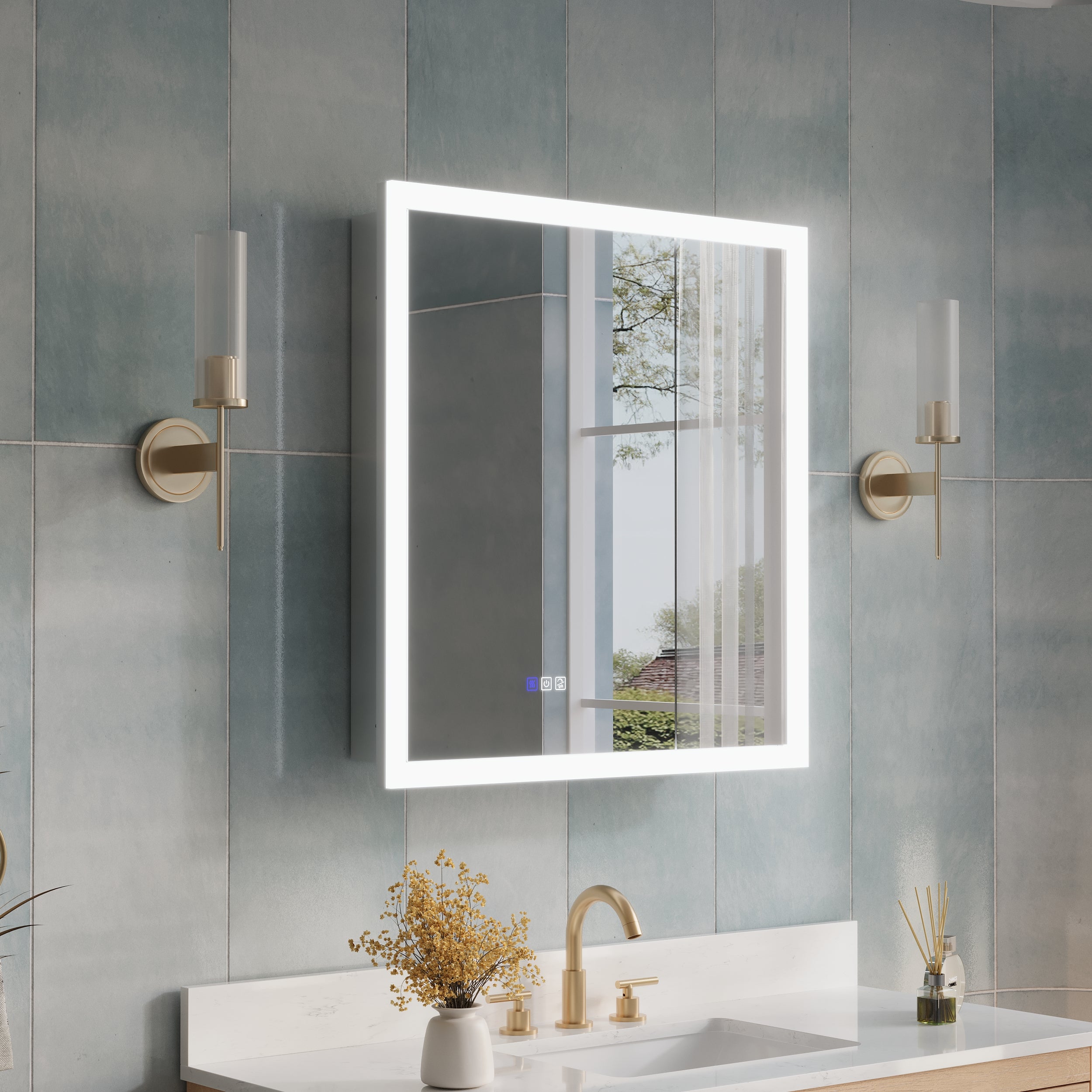
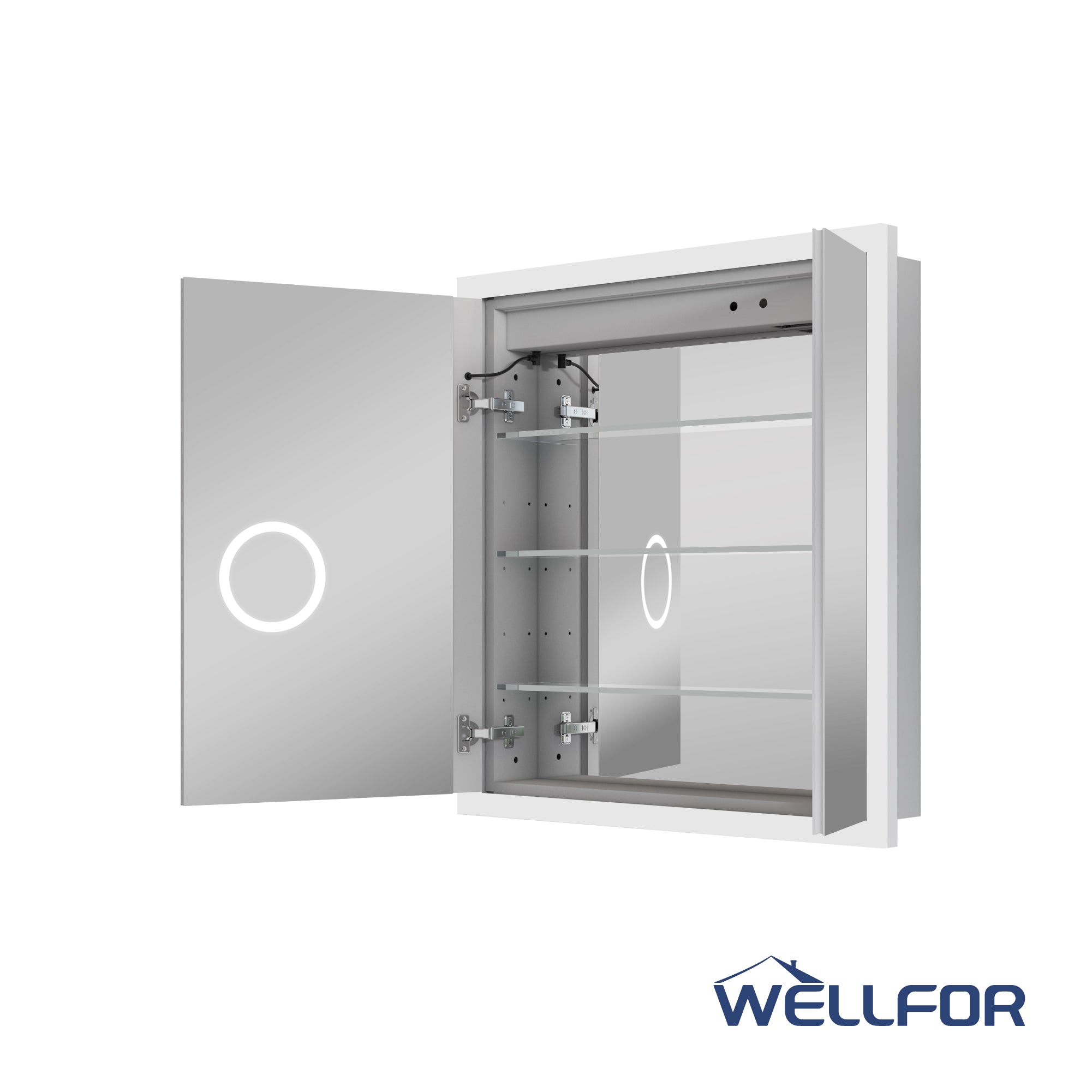
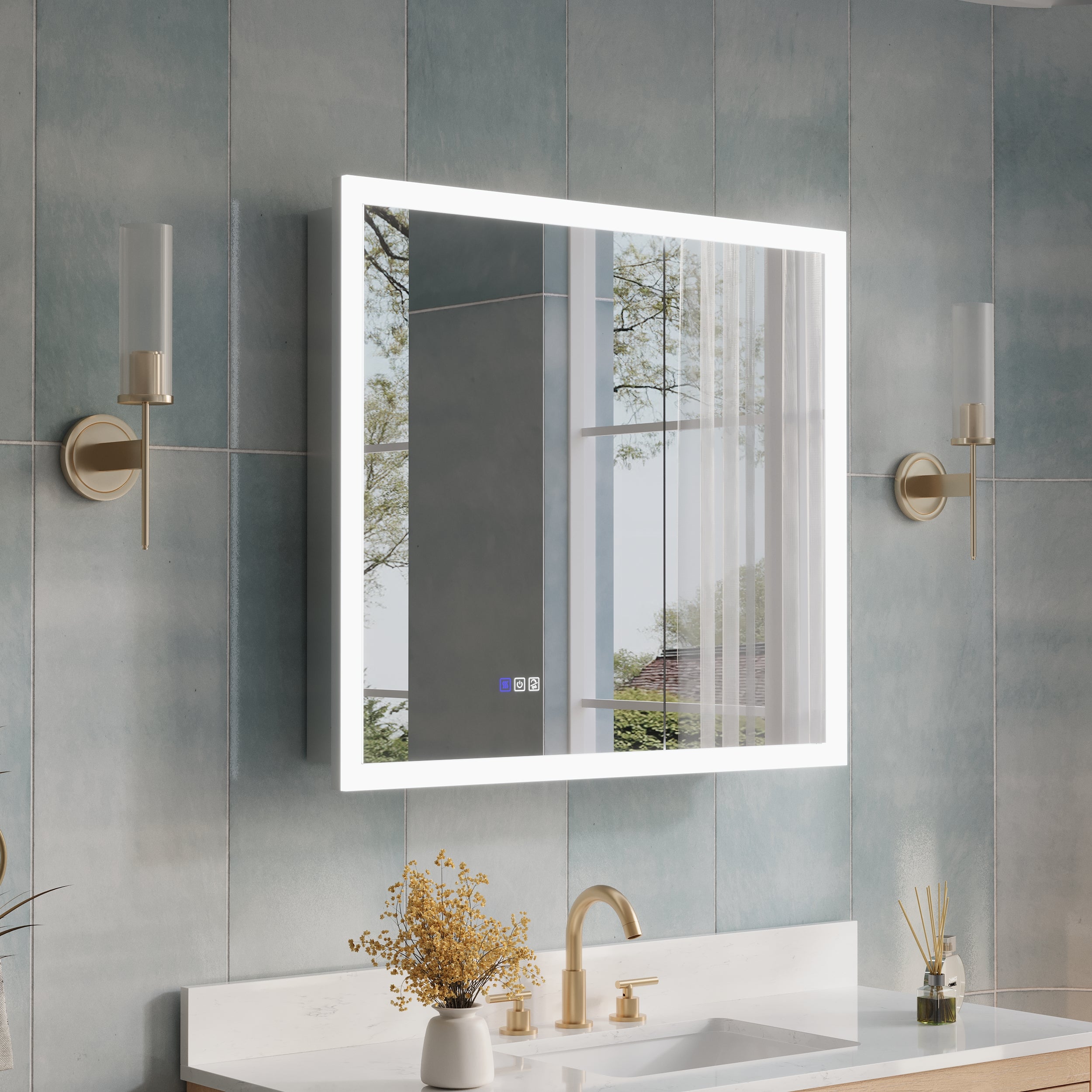

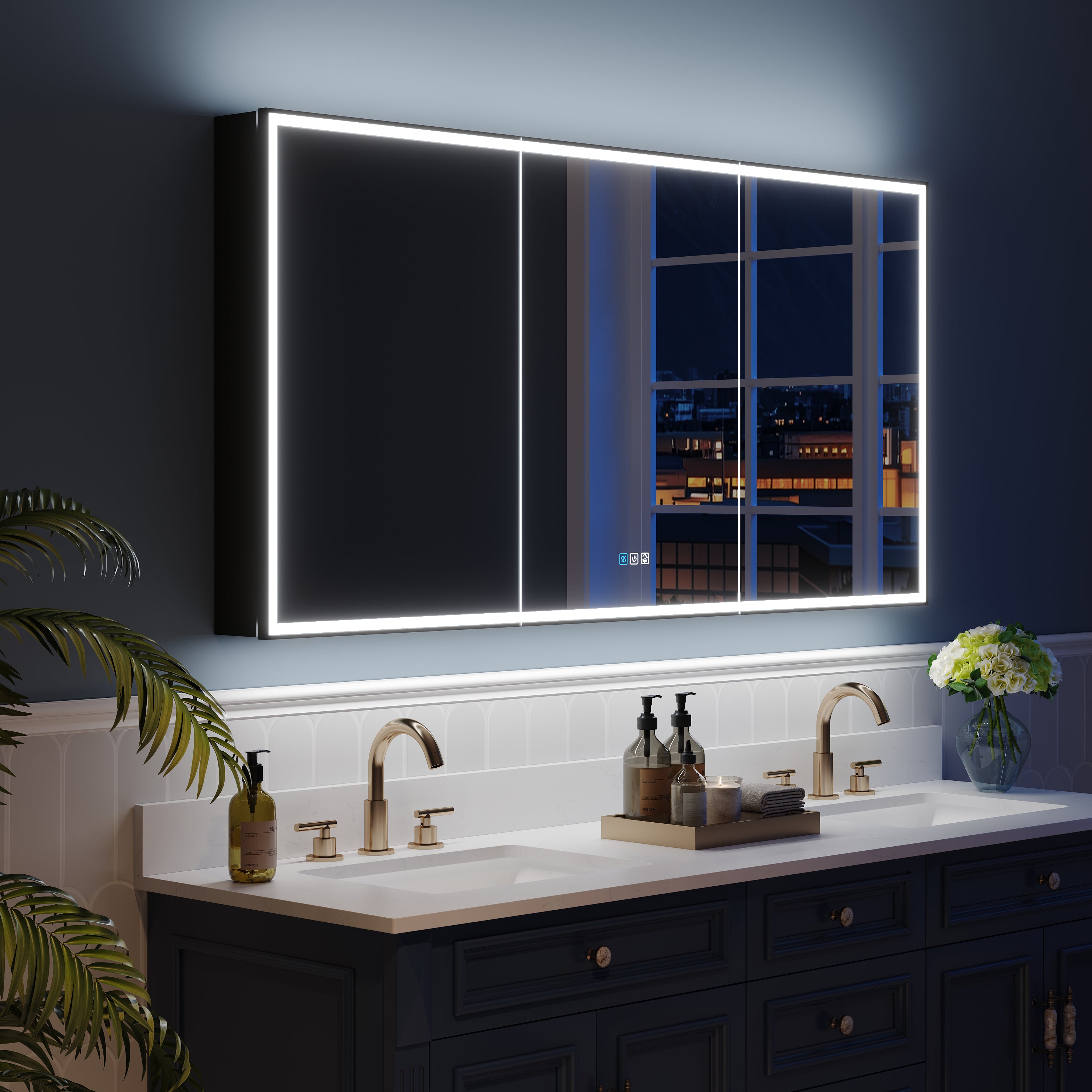
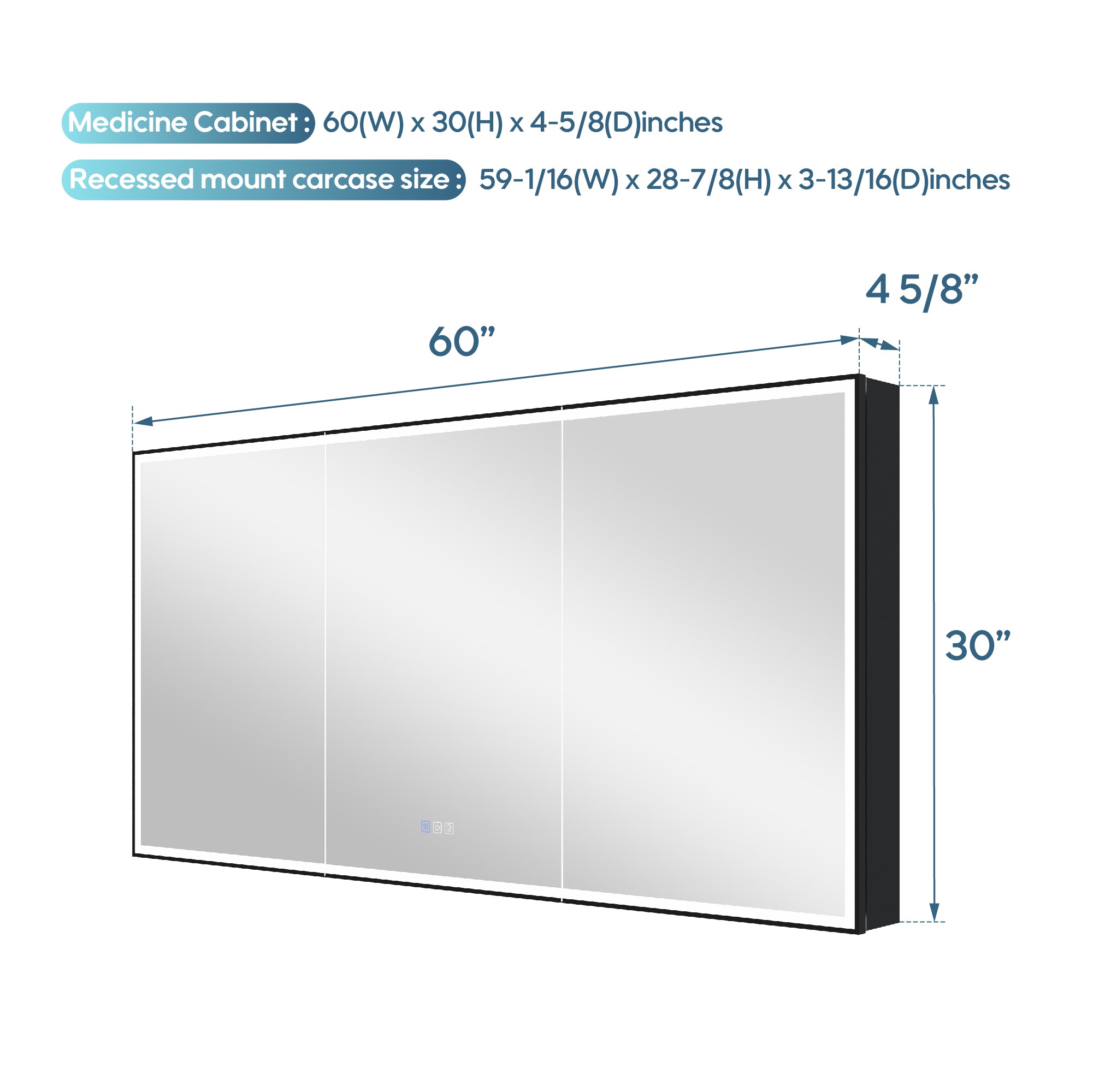
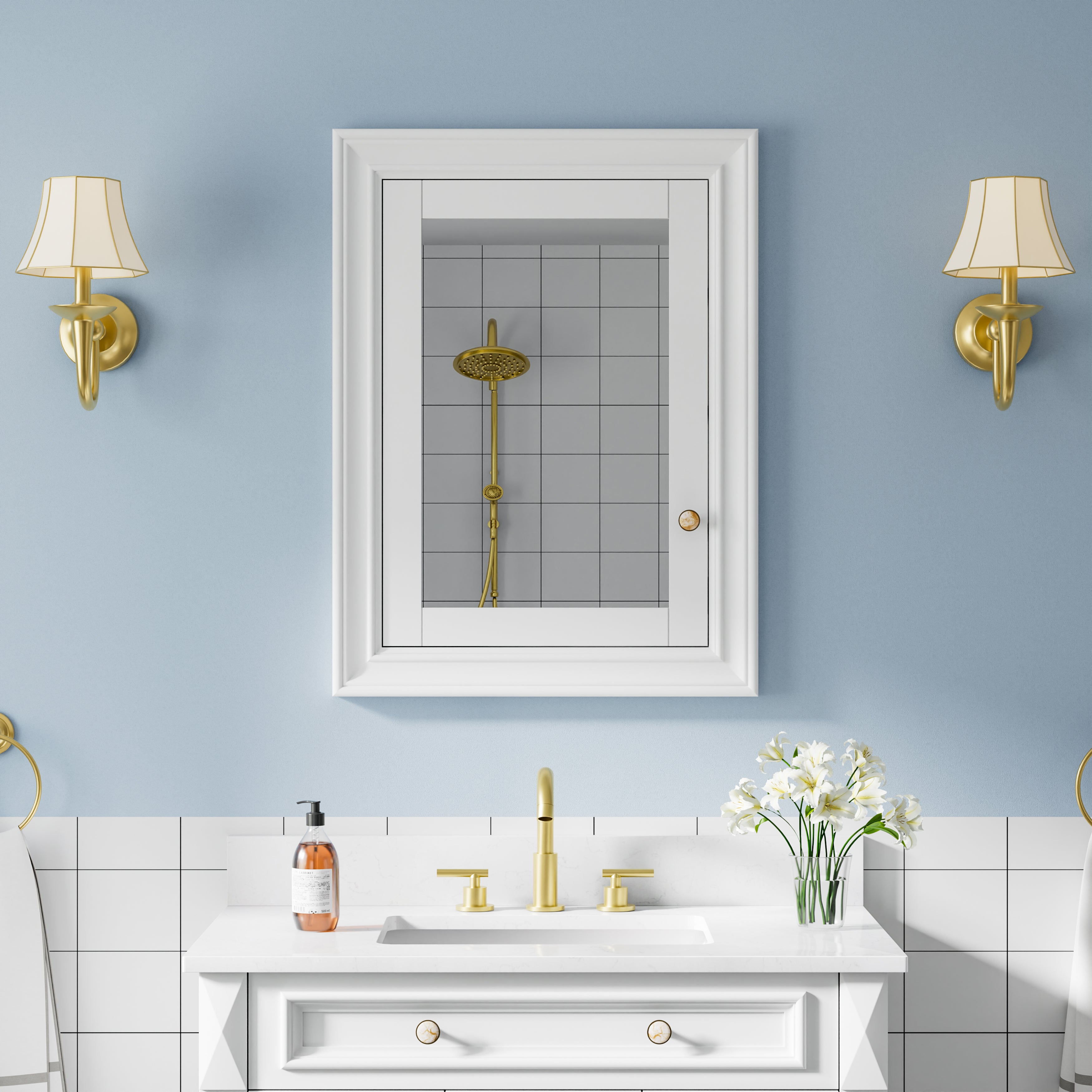


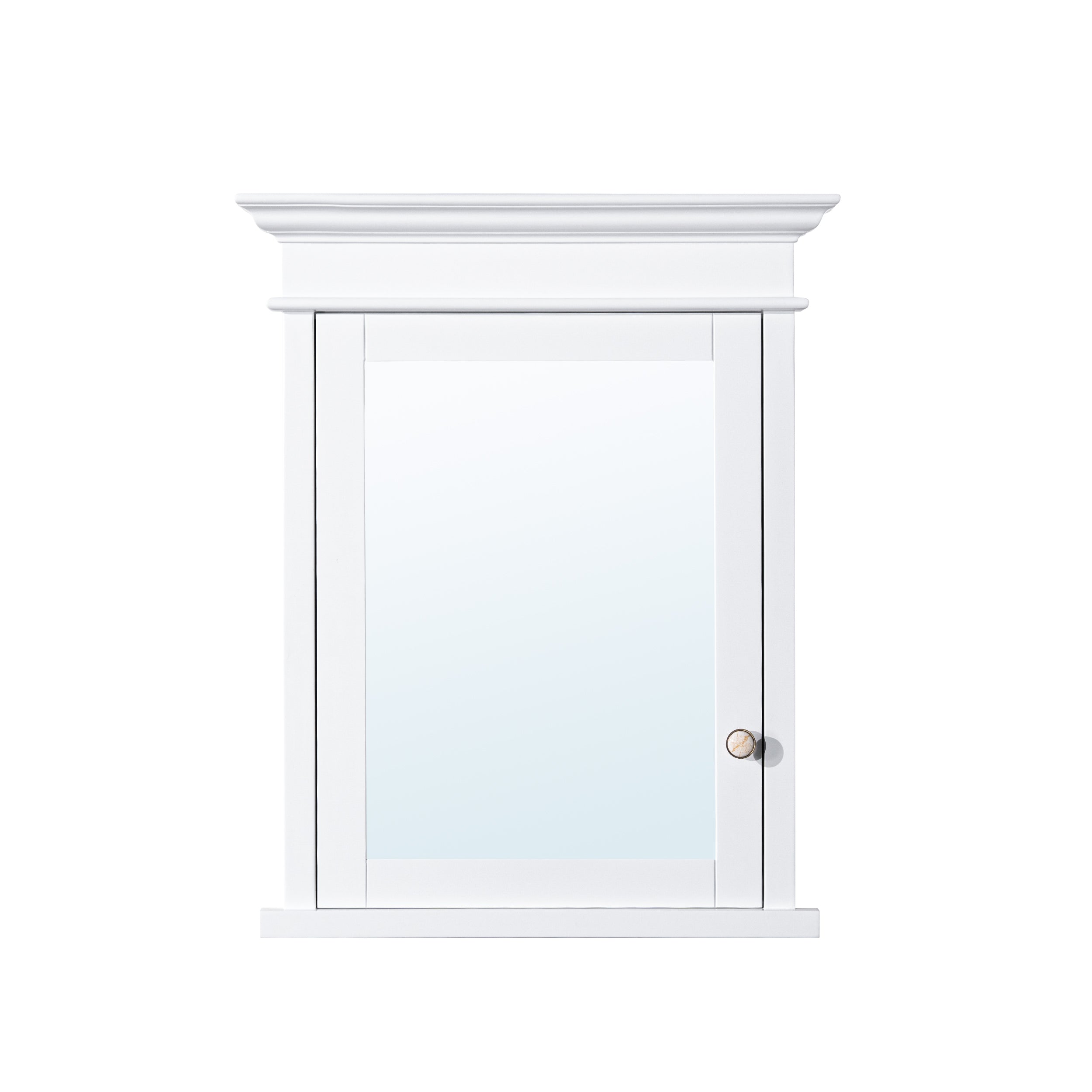

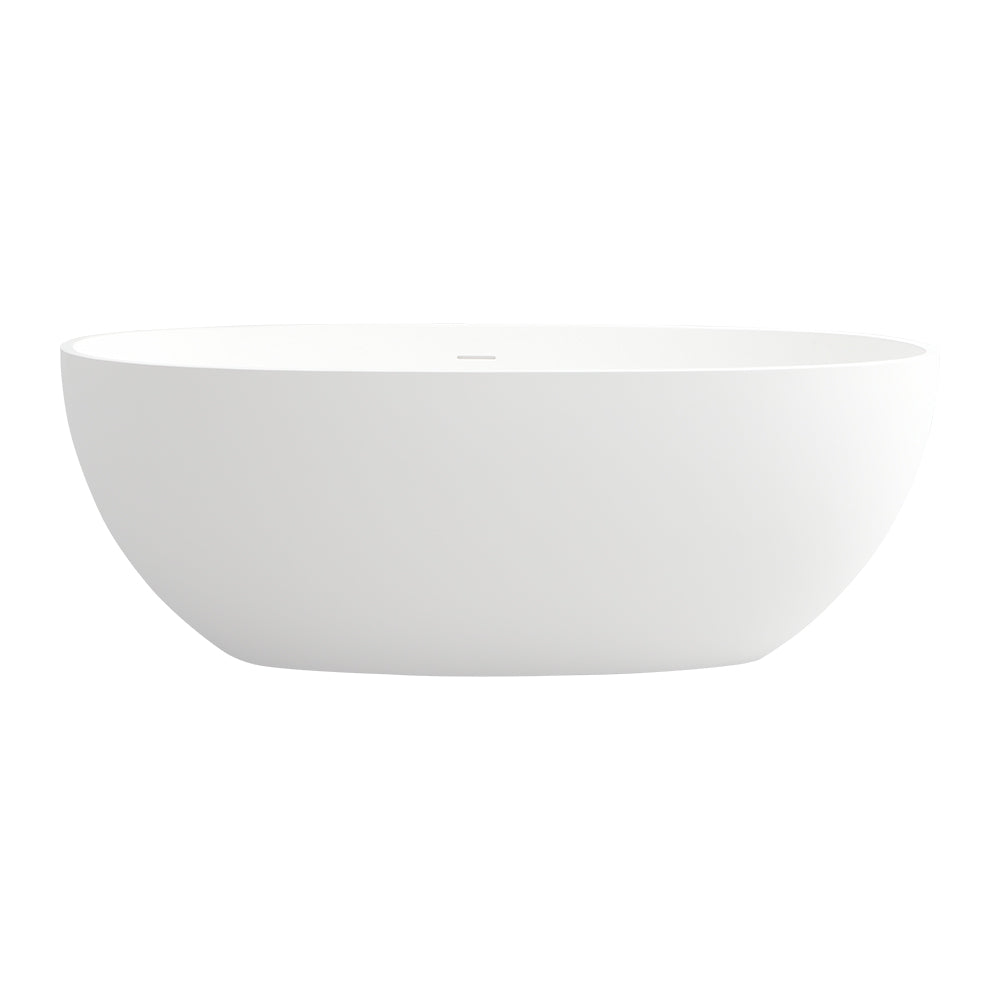


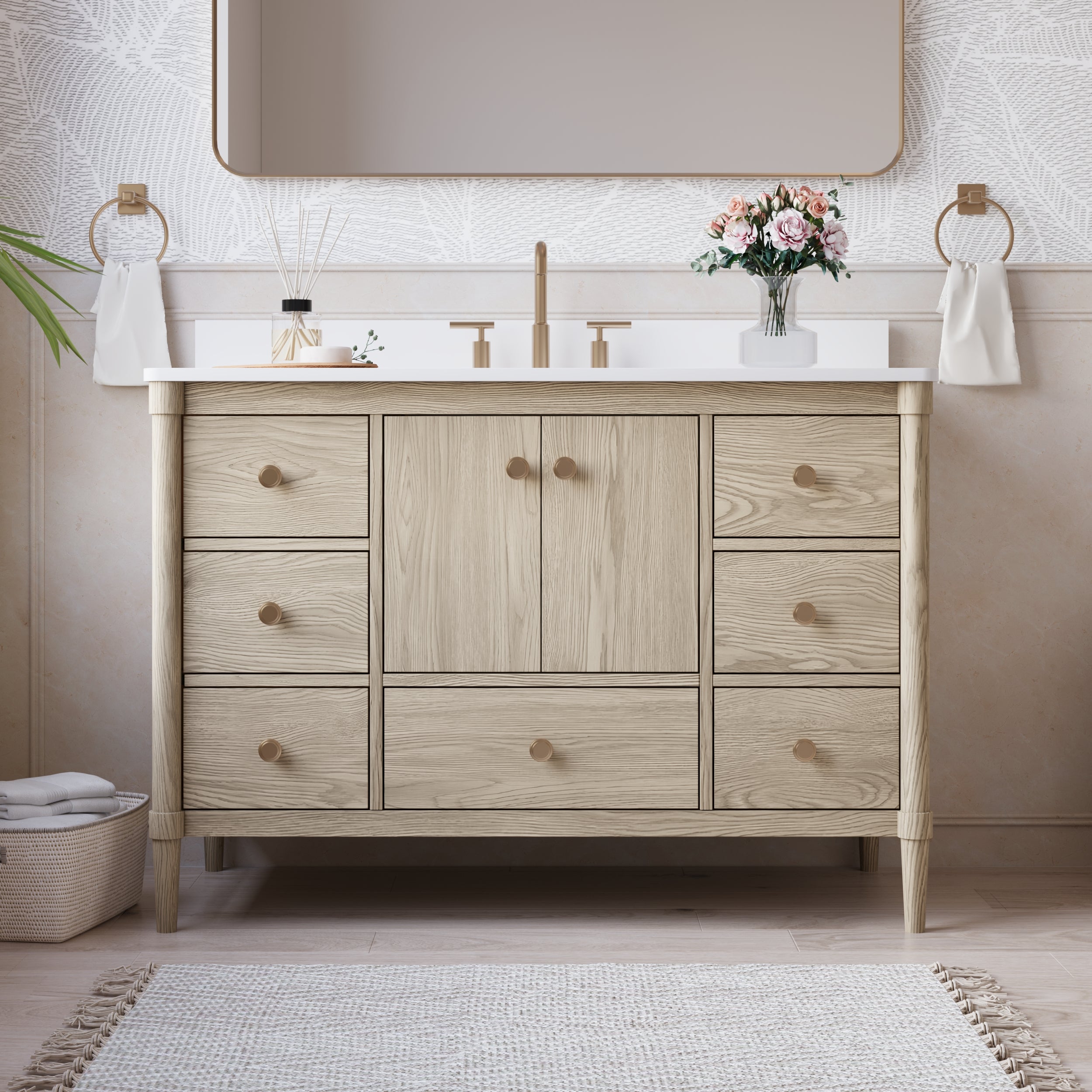
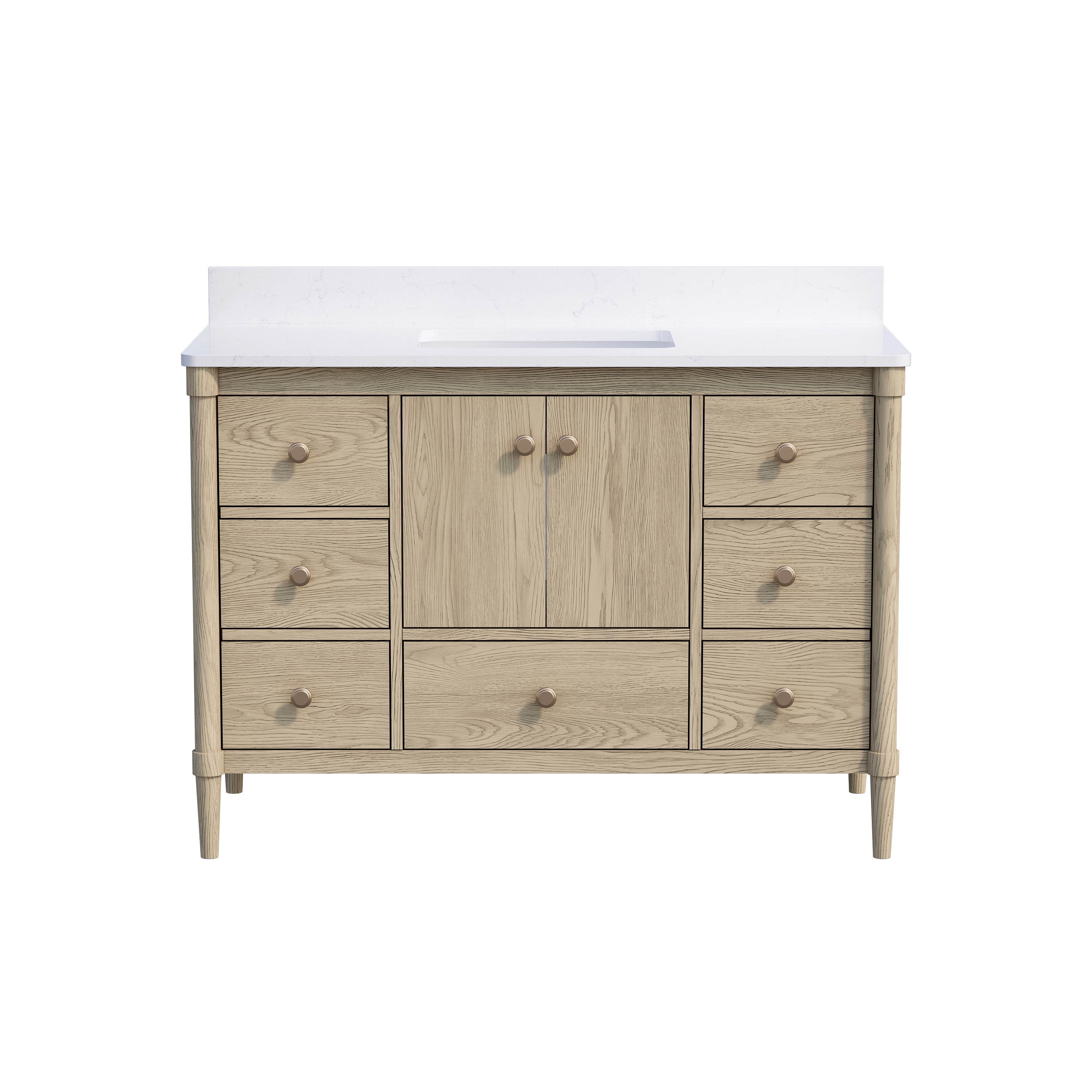
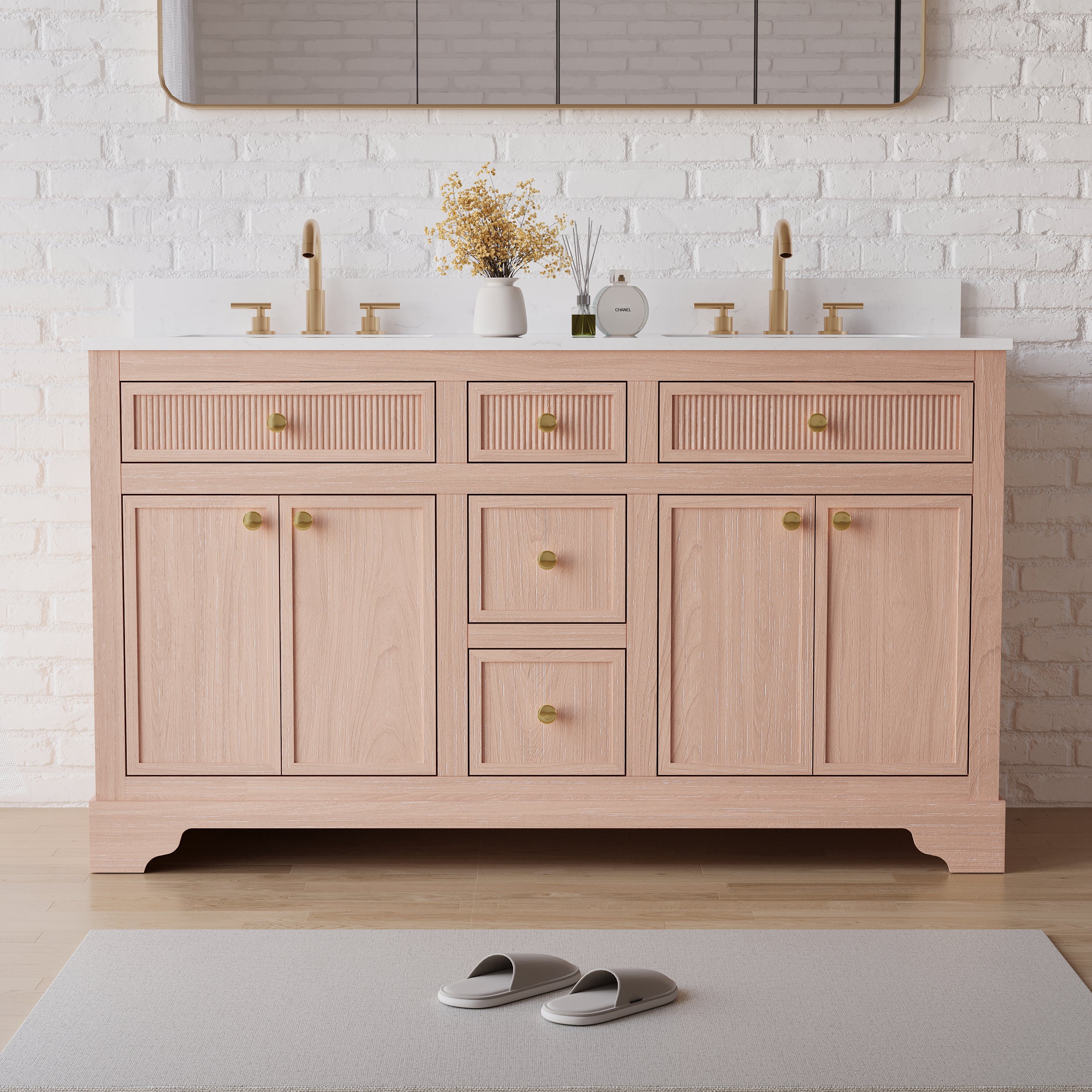



Leave a comment
This site is protected by hCaptcha and the hCaptcha Privacy Policy and Terms of Service apply.